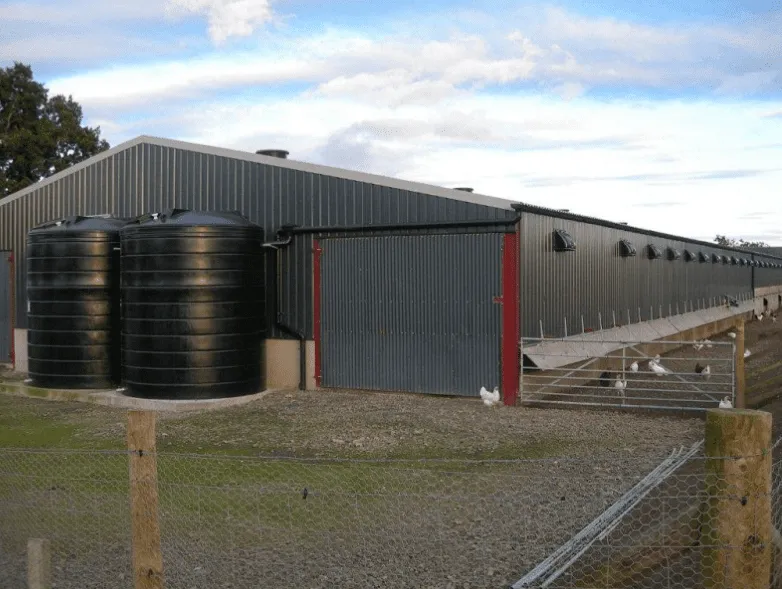If you regularly work with Adblue in your business, it’s important to carry out a risk assessment to ensure that everyone involved is safe. Adblue can be harmful to wildlife and the wider environment if not handled correctly, making it crucial to take the necessary precautions to avoid any health and safety risks. Adblue risk assessments can help you to do just that. They outline the potential risks associated with working with Adblue and provide guidance on how to eliminate or reduce these risks.
The importance of Adblue risk assessments
Adblue is non-hazardous, but it is water-based and corrosive to some metals. Adblue is also a mild irritant, so it can cause skin irritation and when spilt, it can cause harm to local wildlife and ecosystems. This is why an Adblue risk assessment is essential for all businesses and individuals handling Adblue on a regular basis.
A thorough risk assessment will help to identify the possible hazards and risks associated with using Adblue, so you can take the steps to prevent serious accidents. Your risk assessment should cover everything from handling AdBlue, storing AdBlue, transporting and dispensing AdBlue.
What should you include in an Adblue risk assessment?
When you are conducting your risk assessment. make sure to include the following…
A list of people at risk of harm and why
When completing this section of the risk assessment, ask yourself questions such as:
- How likely is it that somebody will be harmed and how serious could the harm be?
- What are you already doing to prevent harm from AdBlue?
- Are there any more precautions needed for your Adblue storage, handling or dispensing processes?
Potential hazards
Include a list of all the Adblue products being used. This should include Adblue’s physical and chemical properties (for example pH level). It is also important to identify any hazardous Adblue waste or by-products that may be produced.
Risk rating and risk control measures
Once you have identified the Adblue hazards, you need to rate them according to the risks they pose. The higher the risk rating, the more serious precautions will be required for Adblue storage or dispensing equipment and processes.
You can use a simple high/medium/low scale when rating the risks associated with Adblue. To effectively reduce these risks, you will need to create a list of Adblue risk control measures that can be implemented in your business or home.
Storage requirements for Adblue
Adblue should always be stored at temperatures between -11°c and 30°c. Any lower and your Adblue solution can freeze and any higher it will compromise the quality of the solution.
It is also important to store Adblue in a cool, dark place and away from any heat sources. When storing Adblue in drums or tanks, make sure the container is clearly labelled to avoid cross-contamination.
Handling and dispensing of AdBlue
The way you handle and dispense AdBlue can also pose a risk to health and safety. When handling the solution, always wear gloves and eye protection.
When dispensing AdBlue, make sure the area is well-ventilated and avoid any contact with skin or eyes. Use high-quality ancillary equipment to dispense AdBlue and ensure that this is regularly inspected to reduce the risk of spills and leaks.
Spills, leaks and waste
Always have spill kits on hand in case of any accidents. These should include absorbent pads and gloves to contain the spillage safely. The area where the Adblue has spilt must also be cleaned thoroughly to prevent crystallisation.
When disposing of Adblue, it must be disposed of in accordance with the AdBlue producer’s instructions as this can vary between suppliers. The waste will usually need to be taken to a specialised disposal facility for treatment or recycling.
Who is responsible for carrying out an Adblue risk assessment?
If you use Adblue as part of your business’ regular activities, whether that is an engineering firm, a commercial vehicle fleet or a construction site – the law states that you must conduct a risk assessment. This is in line with the following regulations:
- Health and Safety at Work etc. Act 1974
- The Chemicals (Hazard Information and Packaging for Supply) Regulations 2009 (SI 2009 No. 716).
- Control of Substances Hazardous to Health Regulations 2002 (COSHH).
- The Carriage of Dangerous Goods and Use of Transportable Pressure Equipment Regulations 2009 (SI 2009 No. 1348) (as amended) [“CDG 2009”].
All formal risk assessments should be carried out by a Competent Person or health and safety officer to ensure they’re completed to the highest possible standard.
How can Tuffa Tanks help
Our extensive range of Adblue tanks can help you to store and handle Adblue safely, reducing the risk of accidents and spills. Get in touch to enquire about our storage solutions or check out our Expert Guide to AdBlue tanks to learn more.





























